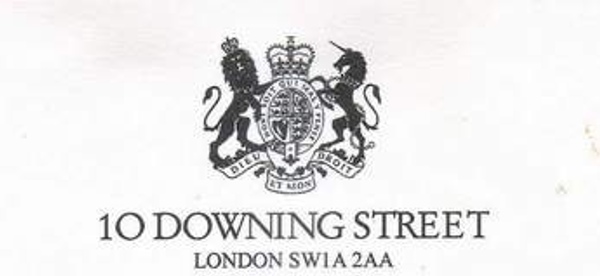
NZ Post has been busy over the last year, sending out messages of PostCodes to the whole of New Zealand. We had, until recently, a system of Post Codes that were laughable in their pathetic simplicity. My NZ Post Code in 2000 was 6001, which I shared with approximately 100,000 other people. I don’t think that I ever heard of anyone living in 6002, although it is certainly possible. In 2008 however, NZ Post made the heroic move towards the future, announcing that we would all be getting individual Post Codes – which we would have to commit really seriously to memory, as a unique signifier of our address. At last, it seems, New Zealand is entering the modern age – the hi-tech dividing of our country into many logical paths and divisions, for the easy and simple delivery of vital bills and papers to our letter-boxes. In future, the use of Post Codes would be compulsory or our mail may never arrive!

It is not a new science – it exists in many (if not most) countries in the world, including the form of Zip codes in the USA, and Post Codes in the UK. Germany was the first country in the world to have Post Codes – in 1941, apparently, so maybe that exasperating German efficiency really is true; with the US following on more belatedly only in 1963. While the USA has a 5 digit number system, it seems most countries have settled on the same rather pathetic 4 digit numbering system that NZPost has – ie Australia, Austria, Belgium, etc but gradually seem to be working towards 6 digits. Romania and Russia have 6 digit numbers – even the Vatican has a 5 digit number: and the ever helpful Wikipedia tells me that only Andorra, Argentina, Brunei, Canada, Jamaica, Malta, Netherlands, UK, and Venezuela have Alphanumeric postcodes.
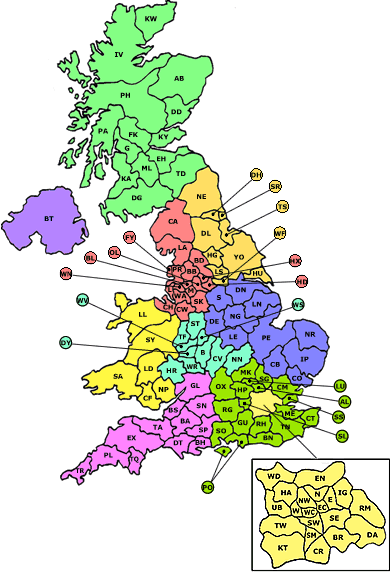
The alphanumeric Post Code system in Britain, devised by the Royal Mail and introduced in 1959 is a whole lot more accurate than a straight number system. Although it is only a 7 or 8-digit alphanumeric system, it is incredibly and all-powerfully encompassing, narrowing a postal search right down in some cases to just one part of one side of a single road. Some parts of the PostCode are self evident, such as EC1 for the City of London, or W1 for the West End, NW5 for North West London, etc. The other 4 numbers are fairly much alphanumeric gobbledegook that do the clever work of narrowing down the search to your house. My rough and ready calculation says that gives approx 45,697,600 alternative Post Codes – almost enough for one for every person in Britain, and certainly more than enough for one for every road in the country.

The relevance to us with all this casual rummage through the technological detritus of postal and telecomic history is that in New Zealand we also had a similar system in the past, where Wellington suburbs were labelled W1, W2, C1, C2, E1 etc – for instance, C1 was Courtenay Place precinct, and C2 was the rest of the Te Aro flat. Awaiting with baited breath, I was therefore most heartily pleased last year to receive my new Post Code: 6011. Still only 4 numbers long, but at least I had moved 10 digits up the evolutionary tree into sure technological sophistication. Proudly I clasped the large red number to my ample chest, and committed it firmly to memory. Excitedly, I contemplated the NZPost website, where they were running a Post Code competition, such was the momentum of this historic occasion. I’d like to say that in a James Bondish way, the piece of paper self-destructed, or perhaps even that in a Maxwell Smartish way, I had to eat it – but no, in a Maximus kind of way I merely put it in my top drawer and promptly forgot about it.
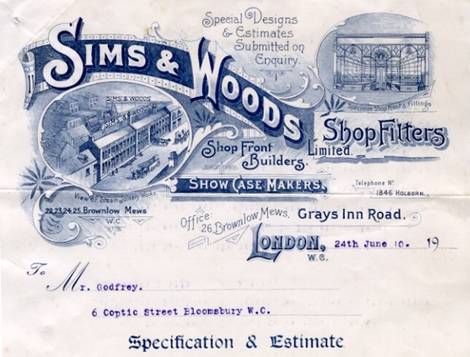
As did you too: for, in a sense of impending futility and lethargic release of breath, I realised that NZ Post in their infinite wisdom (or perhaps more likely: extremely finite wisdom) had stuck with the 4 digit system that other countries are slowly moving away from; and more than that: they had issued, once more, a huge swath of the city with exactly the same number. I have friends from Mt Victoria to Thorndon, all of whom have the exact same Post Code number of 6011. There are only really 6 postcodes for the whole of Wellington, and a max of 9,999 different post codes for the whole country. And what, pray tell, is really the point of all that?
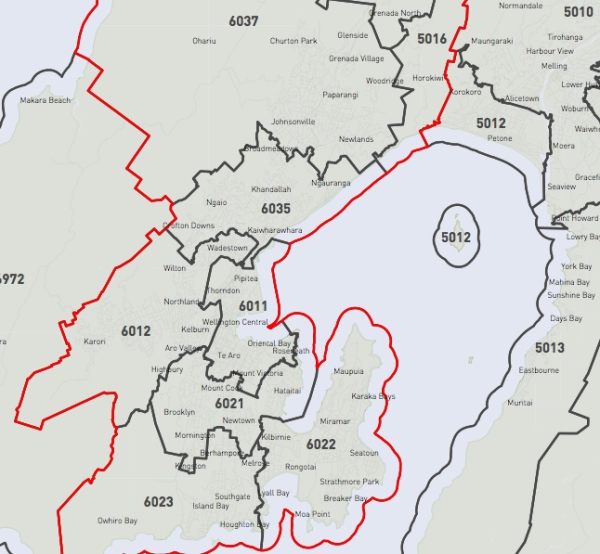
Putting 6011 on your letter therefore becomes no more accurate than writing Wellington, and is only marginally more accurate than a monkey writing “South of Paekakariki” on the envelope with a large crayon. Our brilliantly clever postal maestros have kept with a system with a mere 9,999 different options – certainly less than the population or the number of roads in the country, and in its implementation, bizarrely, less accurate than the C1, C2 system Wellington already had some 60 years ago. A simple change of say, two of those four numerals to letters instead could have given them a range of some 67,600 different postcodes, and been firmly on the way to being of some use to someone, somewhere, in some way in some distant future. There is also a strong logic of tying a post code to a telephone area code, so that 04 and 4011 might both mean Wellington. But no, it was not to be. None of it was to happen.
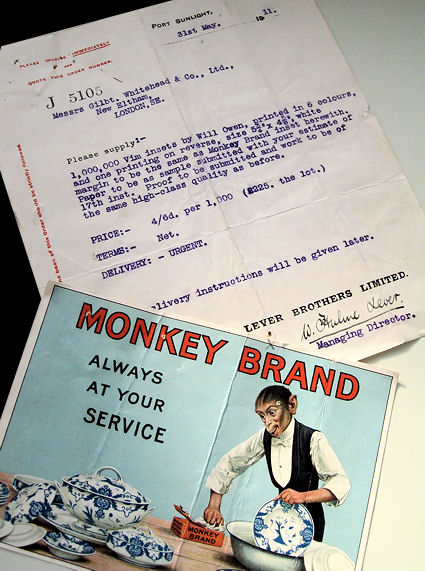
As it is, the retention of a 4 digit number system, encompassing a vast swathe of the city, won’t really help your letters get anywhere any faster. The sorting office will still hand-read your scribbled scrawl. The brilliant machine code reading machines of NZ Post will continue to decode the 4 digit number and leave it at that. May as well leave it right off then, and continue as we have done for years, to rely on the cheery face and memory of the local posty to get the letters to the right letterbox on time.




NZ Post contemplated going to the level of detail that the UK or other countries had, but the cost-benefit analysis proved it impossible.
Someone once explained to me the point of the new system but I’ve since forgotten. Perhaps to address the change in population density since the original system.
“Someone once explained to me the point of the new system” – I discussed the point of the new system with a postie, and he confirmed my suspicions that the new Postcode system was pointless, as they still had to hand sort their mail anyway.
Is there no limit to the targets of your scorn? I thought you were an urban blog, but here you are comparing NZ Post to monkeys. Focus !
Fish have very good, wide-ranging vision. NZ Post does not. Someone needs to spank their monkey…
I’m 6011 too, but my post office box (Marion Square) is 6040.
I don’t know if this happens in Wellington, but telephone prefixes are pretty big in Auckland. South Auckland youth proudly proclaim themselves to be representing the 274 – the first three digits of Otara phone numbers.
Hilariously, 274 is the bus that goes down Mt Eden Road, so when I was living there I tried to form a Mt Eden gang. Didn’t work though.
But I see there is the Strathmore 44 gang, so named for the bus route.
One of the rationales behind the new boundaries is that there are no duplicate street names within any given post code, which didn’t always apply to the old divisions. Street name duplication has been removed in the past by renaming offending streets, for example when boroughs were merged into bigger councils. Many of the distinctive Indian street names in Khandallah, for instance, were changed in the early 20th century from their original names (usually based on early settlers) because they clashed with central city names.
But duplicates do still exist within greater Wellington. Off the top of my head, there are Raroa Roads in both Kelburn and Lower Hutt, as I once found to my distress when a taxi driver started heading for the motorway. So, writing “Raroa Rd, South of Paekakariki” wouldn’t actually be unique. While I can see the appeal of the old W1, C2 system, that wouldn’t be sufficient to cover the whole country, so you’d still have to write “Wellington W1”. That’s then subject to typos, boundary errors, and confusions between postal “town names” and Territorial Authorities. Someone living in Linden might write their address as Linden, Tawa or Wellington, or perhaps think they’re part of Porirua, but if they put their street address and 5028 then they will get their mail.
The fact that 6011 covers all the way from Thorndon to Mt Vic might seem like it’s fairly broad, but if you compare it to the top-level designations in the UK, it probably covers far fewer people and addresses than, say, E1 (just guessing). And of course, it’s only London that gets the handily mnemonic postcodes that relate to the compass points of their city, so in NZ the equivalents would presumably all go to Auckland, and we’d get stuck with something like WL1-20 for the 20 or so postcodes in greater Wellington.
Oh and by the way: 6011 represent!
Everyone I know is 6011 – including me. But the post office box I have (Also marion square), which is literally right underneath me, is 6141.
So maybe the postcodes work in 3 dimensions?
I never cared for the alphanumeric systems, they always seemed very unordered. But that might be because my grandmother was a US postmaster who lectured me about the hidden structures of the zip code system.
For the record the US actually has a 9 digit system which is the basic zip plus the additional 4 which no one other than direct mail companies pay attention to. It’s a brilliant system that allows for up to 1 billion zip codes. Everyone in the US can have 3 of their own. Maybe that works with Brin’s suggestion of the three dimensions.
I have to say that my experiences with NZ post have left me impressed compared to the US Postal Service. I had a letter addressed (obviously incorrectly) to me in “Wilmington, New Zealand” (no post code) and it arrived in timely fashion.
Parliament, which sits within 6011, has its own postcode – 6160. I wonder how many other postcodes there are within the 6011 area?
Hold on – hold on. Robyn has a PO Box in Marion Sq with Postcode 6040, and Brin has one there too as 6141? But the surrounding area is all 6011? WTF?
Man, there’s some messed up shit going on in the Post Office.
Indeed, Jayseatee, the US has access to the ZIP +4 system, allowing them 9 digits. But Wikipedia notes that : “Initial attempts to promote universal use of the new format met with public resistance, and today the plus-four code is not required.”
Typical that the US wants to supersize everything, even the non-edible things in life… ;-)
One could argue that in face the US was trying to achieve the SMALLEST population in a zip code as possible – I think I’m sensing some cultural bias.
oh, also, panama street post shop is 6146, or at least 6146 is one of several possible post codes delivered to Panama Street.
>Germany was the first country in the world to have Post Codes – in 1941, apparently
So post codes are a Nazi invention? Very suspicious that they should be introduced in the exact same year that Hitler went mad and invaded Russia.
>Hilariously, 274 is the bus that goes down Mt Eden Road, so when I was living there I tried to form a Mt Eden gang. Didn’t work though.
I’d be happy to join a 6011 gang. We could have gang colours and fight people from outside our post code. Especially people from Upper Hutt, Aucklanders, and anyone living in a rural post code.
Oops, I got the Marion Square post code wrong. It is actually 6141. I think I was getting confused with my work post code – 5040. (Yes, it starts with a 5; over yonder in the valley.)
“I discussed the point of the new system with a postie, and he confirmed my suspicions that the new Postcode system was pointless, as they still had to hand sort their mail anyway”
Correct, the final sort is done by a postie and it will likely be done that way for the next fifty years as there are a lot of factors to be taken into account such as terrain and shortcuts, that are hard to parameterise for an automated system, and sometimes simply come down to postie preference.
The primary and secondary sorts, however, are done by a machine, provided the enveloped is the correct size and the address is clear. NZ Post offer sizeable discounts to bulk mail providers who submit their mail in machine readable format. This improves sort speed 100 fold. Bulk mail is becoming a larger and larger proportion of total mail all the time, so it gets a great deal of focus.
I would assume that the continued progress towards machine readable mail has led to the changes to the postal codes as the machines only have a limited number of bays.
So, the new codes may be pointless for the postie at the end, however they will improve the efficiency of the machine-sorted mail, which is the only area of mail that is growing volume.
by “machine readable format” presumably means just typing the 4 numbers of the postcode on the letter? or is there some greater dastardly super secret mind plan that we don’t know about?
David P – i’m soooo disappointed that you mentioned the N word. I’ve been chastised before for doing that – and i was so careful not to mention N while mentioning Germany… apparently there is such a thing called Godwin’s Law where as soon as anyone mentions the word “NAZI” then discussion has officially gone too far, and its all beyond the pale or something like that.
So lets just pretend that you and I never mentioned N…. and that instead it was just a super-efficient german with a lovely family frolicking in an alpine meadow, who later went on to invent BMW’s or something…..
But you are, of course, absolutely right. No doubt Mr H…. had a tanty while bemoaning the lack of foresight in producing a 4-numeral system, when obviously a 7-alphanumeric system would have won the war sooner.
>apparently there is such a thing called Godwin’s Law
I think Godwin’s only applies to comparing another person, such as a commenter or blog writer, to something Germanic from the 1930s or 40s. Not to noting that post codes were probably invented by the extremely-efficient Albert Speer in order to free up German postal workers so that they could participate in Operation Barbarossa.
i can never remember my postcode so i just make a number up when i’m asked for it. The mail always gets through regardless, so i have faith in the old system.
Newbs – so it’s you!
10,000 post codes, heck even 1,000 post codes seems like enough in this country if you ask me. Giving you say a post code per about 1,000 homes, or maybe about 30 streets.
It doesn’t need to pinpoint an exact house, just needs to remove any ambiguity about the address, and ideally narrow down the number of possible streets to such a level that a machine can easily identify attrociously written addresses within that post code (set of ~30 street names). Which would make electronic sorting a whole lot easier and less error prone for a machine to do.
I agree though, it seems strange that with so many possible post codes they all end up so large. :-\
6022 for Lyall Bay – I’m officially an outsider to this particular online community…
American Air craft carriers have there own zip codes apparently.
Which is pretty cool…..
My pet gripe is that NZ Post has used the same format as Australia’s postcodes. And Australia takes its postcodes much more seriously.
This has already caused me grief with Australian-based banks and retailers; I now live in fear that all my online shopping will be delivered to “Balcatta and Stirling”.
The Aussie postcode is really State + Postcode. There are postcodes that span states (0872 spans 3: NT, SA and WA). All we need to do is to get NZ added as a state and it will work fine.
By the way, it would be nice if we could adopt the Aussie practise of using just Suburb + Postcode. The Post Office knows Khandallah is Wellington – why should I have to write Wellington if I write a postcode. There are surprisingly few duplicate suburb names, in fact I can’t think of any off the top of my head.
And is “postcode” or “post code”?